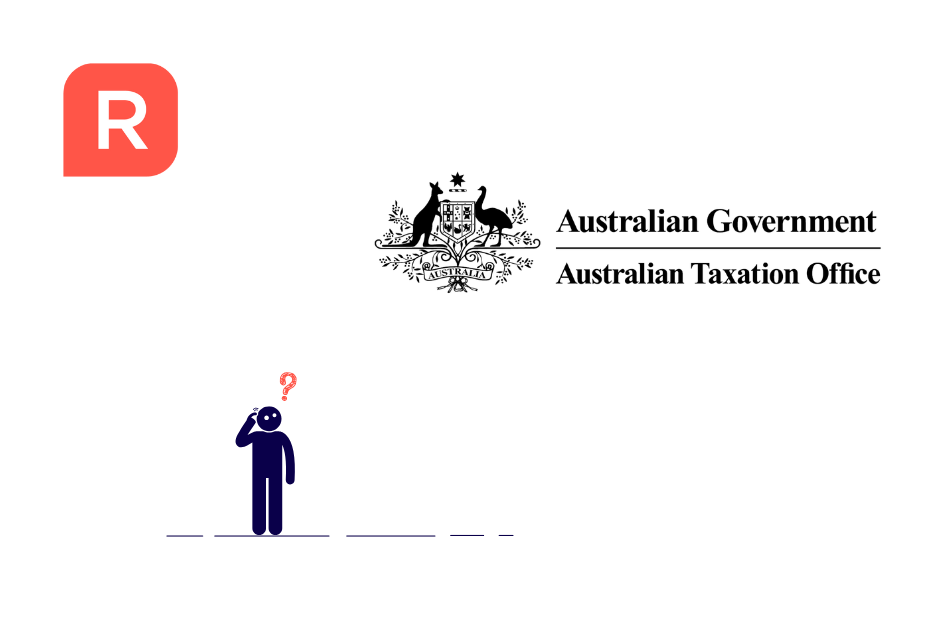
The deadline for the new tax reporting requirements for Not For Profit (NFP) organisations with an active ABN is set for 31st March 2025. However, the new reporting scheme has left some NFPs uncertain of their status or tax obligations. Announced in 2021, the Australian government imposed the new self-reporting requirements to ensure that only eligible NFPs can access income tax exemption.
This is a drastic change from how tax exemption was calculated for NFPs. Under the old way, if you returned $416 or less in taxable income, you retained the tax exemption status and provided a non-lodgement form to the ATO. This is now just part of the reporting requirements for NFPs; additional information is needed to retain tax exemption.
So what do NFPs need to know? Let’s break it down.
What does self-review mean for Not For Profits?
Self-review means that NFPs with an active ABN must post additional reporting information to maintain tax exemption (if tax exemption applies). Many NFPs depend on their tax exemption status to continue operations, as the burden of additional tax costs could impact their viability.
It is important to note that for the first lodgement of this additional reporting, NFPs with an active ABN must report on the 2023-2024 financial year by the 31st March 2025 deadline.
The additional reporting now requires NFPs:
- Fill out self-review questionnaire that contains;
- Organisation details
- Income tax self-assessment
- Summary and declaration
- Lodge tax exemption self-assessment questionnaire for the previous financial year by 31st October each year.
- Await tax exemption status and review from the ATO
Why do Not For Profits have to self-review?
The federal government and the Australian Tax Office (ATO) have implemented this extra requirement due to tax evasion concerns. The ATO assistant commissioner, Jennifer Moltisanti, explained the need for further reporting requirements to maintain integrity and transparency in the Australian tax system.
According to the assistant commissioner, of 206,000 NFP registered organisations, about 70% are compliant, whereas the remaining are “endorsed tax concession charities”. The concern is that the remaining registered NFPs use their tax exemption status to circumvent their tax obligations as ‘private’ NFPs.
Ultimately, the new requirements affect all NFPs relying on the tax exemption status as part of their day-to-day operations and viability as an organisation. Therefore, it’s vital to understand your obligations and remain compliant.
How to lodge a self-review for Not For Profits
To complete the self-assessment, you must have prepared answers to three broad sections with around five questions based on the eligible criteria of your tax exemption status as an NFP.
The five questions focus on:
- Estimated annual gross of the organisation
- The purpose of the organisation
- Governing documents that prohibit income and asset distribution to any individual or members
- Is expenditure entirely within Australia?
- Is charity part of the purpose of the organisation?
Each question requires quantifying answers, so it’s essential to ensure everything included is answered correctly. To find what you need to answer for the NFP self-review, the ATO has provided the questions on their website.
Once you have compiled your answers for each section, you will need to log in to the ATO online services via myID.
The ATO has provided a PDF document with an overview of the NFP self-reporting process if you get confused. Alternatively, you can lodge your self-assessment with the ATO via the self-help phone service on 13 72 26.
Exemptions to the Not For Profits self-review assessment
The ATO has outlined some exemptions for certain organisations that are not required to lodge a self-review assessment.
These exempt NFPs must fall under one of the following categories:
- A NFP that only operates under charitable purposes
- A NFP that is taxable
- The NFP is a sub-entity for tax purposes; or
- Is or part of a government entity
What’s next after your NFP self-review assessment?
After the lodgement has been submitted to the ATO, there are one of two outcomes:
- Continued status as a tax-exempt NFP
- Updated status as a taxable NFP
If you are notified that your status is tax-exempt, then your obligations for that financial year are completed, and you carry on as you normally would.
However, if you are deemed a taxable NFP, your tax obligations will need to be reported to the ATO, and you will be required to lodge a tax return for the financial year. Depending on the circumstances, the ATO will provide you with additional support. Another critical factor to keep in mind is that if your NFP is deemed taxable, the ATO may look into your organisation’s activity during previous financial years.
This is a significant change to how tax-exempt NFPs have operated in the past, and it has caused a lot of shock within the NFP community. Every dollar counts for NFPs and the best way to manage an organisation’s finances is through dedicated accounting software and keeping informed by getting advice from a professional accountant or bookkeeper.






